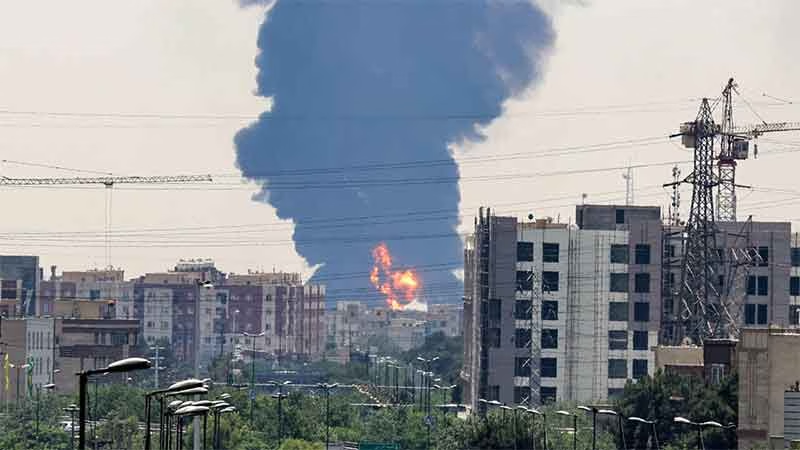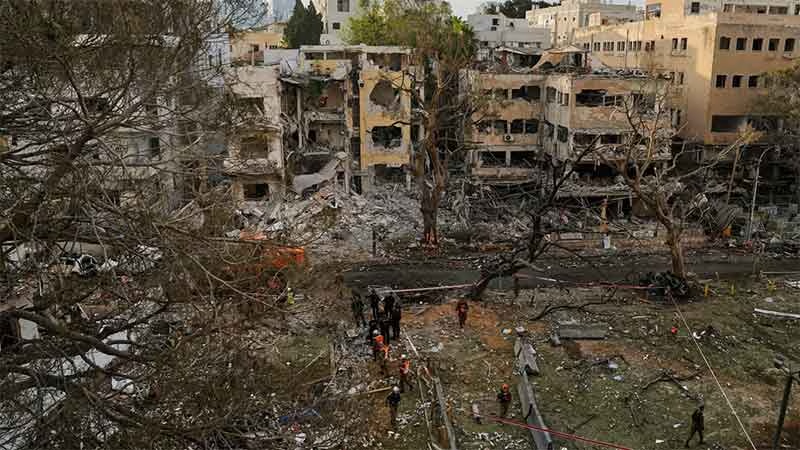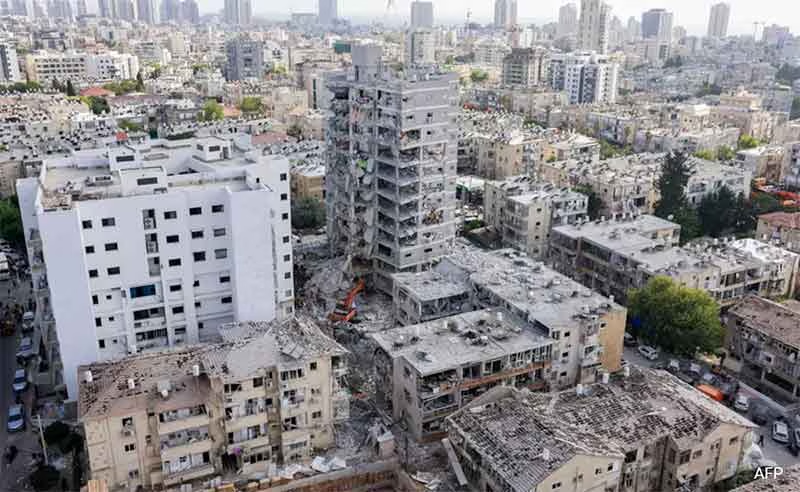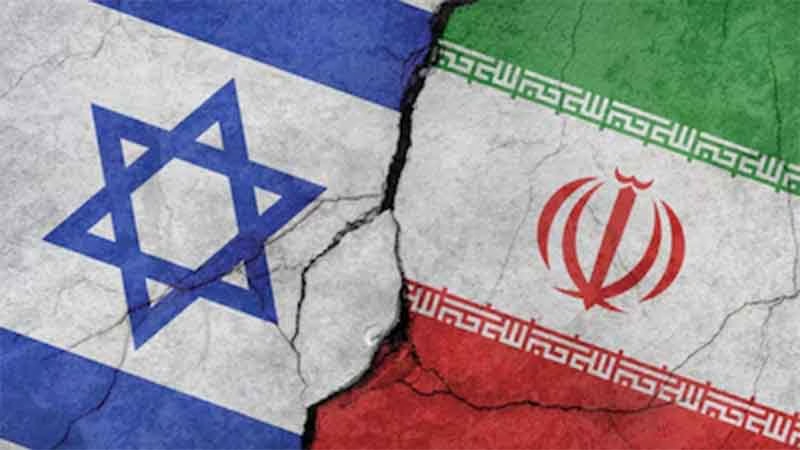
Covid -19 has shaken the globalized world in a manner that it never knew before. Having taken its birth in Wuhan, China its first attack focused on air conditioned travel life. The patient data of India so far shows that all those first phase Covid-19 positive persons were those who traveled by long hour air crafts. The second line attack was on those working in long hour air conditioned houses like software companies and other high end air conditioned offices or board rooms and so on. To start with it has shaken the rich. But that does not mean it left the poor.
The fast spread of Coronavirus happened because of massive international air travel that expanded in the recent past, particularly after the IT industry boomed in the world. The theory that ‘world is a globalized village’ is proved more truly by Covid impact than by any other means. In fact what happened was the global high end economy made the world a ‘global air conditioned city’. This now has proved to be a death trap with novel Coronavirus.
For example , from 1 to 20th January, 40, 000 people came to Hyderabad airport from America and Europe. Apart from that people also came from many other countries and proved to be Covid-positive patients in Telangana and Andhra Pradesh. One estimate is that 65,000 people landed at Hyderabad airport from all foreign air connections during this period. Those who came from Dubai, Indonesia, Malyasia and Singapore also proved to be Covid-Positive. The spread of Covid to 190 countries within three months of its surfacing tells a new story of globalization. Urban centres mainly of large airport cities became centres of more fear and anxiety.
This gave rise to negative view of foreign air travllers and they became a source of fear and anxiety.
Indian villages are societies of socially distanced on their own because of their agrarian and village life. That seems to be somewhat saving grace in this rapidly urbanized world.
How would the world and India get out of this pandemic is not certain, as the medical science is not yet showing vaccine and exact treatment to the Covid pandemic, though efforts are on.
The global panic and unusual measures that all countries in the world are taking like lock down measures forces us to look back how India survived in 1897 Bubonic Plague that killed one crore Indians and 20 lakh people in China and other countries. India was in the British colonial rule at that time and hardly modern medicine had entered India at that time. As I wrote elsewhere Savitribai Phule and her adopted son Dr. Yashvantharao died while treating and helping patients in Poona. The Indian homeopathy and Ayurveda hardly had done any service to patients at that time. A rough estimation is that at that time India had a population of 18-20 crore people that Included the present Pakistan and Bangladesh. Out of that one crore died because of pandemic plague.
How did the remaining people save themselves and made India Pakistan, Bangladesh what they are today. Put together as of now we are 160 crore people. The information that I could collect from oral histories that generations passed on in Warangal district of the present Telangana state makes an interesting story of survival strategy of the masses.
When plague struck the urban locations they quickly realized through their common sense discussions that social distancing through migration to forest and semi-forest areas where mass interaction could be totally avoided. Three caste communities could just pack and migrate to new and distant areas were shepherds, fishers and cattle herders. These communities could better survive in new areas on their own cattle and fish economy and forest produce.
123 years before from now in Hyderabad Nizam State still there was lot of forest and semi-forest land available for grazing animals and fishing resources along the rivers and streams. My grandparents along with hundreds of shepherd families were said to have migrated in that pandemic plague from Ursu, Karimabad what broadly known as Fort Warangal town ( these towns were set up during the Kakatiya rule from 13th century onwards) to Pakala patte. The Pakal lake which was built during the Kakatiya regime near Narsampet was a major water source to several settlers around the lake and the streams that it engendered. Mainly Shepherds called Kuruma Gollas, Fishers called Mutirajas and cattle herders called Lambadas migrated to forest and semi-forest zones between Bahabubabad and Narsampet.
People of my age were the third generation people in those migrant villages. The memories of first migrants of the black plague were being talked about in my childhood and school days. Several widows survived the plague as I was growing and they used to tell the horrors of plague, their migration and settlement and survival. Three of my grandmothers Kancha Lingamma (my father’s mother) her elder sister Earamma both of them were widows only and my maternal grandmother Chitte Balakomuramma was also a widow. Three of them survived the plague because of migration. Both the families settled at one place along the Pakal stream, which also was the forest zone for feeding goats and sheep, namely Papaiahpet. My neighboring family was of Kapu-Reddy who had two widowed women. In many critical situations wives survived more both because of long age gap between wife and husband and also women’s better survival capacity. In many villages in that area there were many widows and they used to run families with all hardships.
They set up small hamlets and distanced themselves from urban and town or big village mass. They saved themselves at the cost of food scarcity by leaving their well built tiled homes in the urban settings. Their houses back in the original villages were occupied by others in those areas once the villages recovered from the plague and reequipped.
For a long time the migrants lived in small thatched homes. Their cattle economy has slowly grown and some families started podu (hand) cultivation also. In the beginning their main problem was lack of availability of grain. They somehow managed with meat, milk, fish, forest fruits roots and so on. Those who first escaped the pandemic built slowly the cattle and agrarian economy. As their newly born began to grow they started building economies more rapidly.That area is tribal reserved parliamentary constituency as there are more small tribal villages in that present Mahabubabad district. It is also very green belt of agrarian production with lot of people.
Let us not forget that we built only in India 1.3 billion population within 123 years after that pandemic. The Indian Government is using the 1897 Pandemic Act now to tackle 2020 Corona pandemic. With this experience we should not be panic with Corona around us, but face it with confidence. Now we have very advanced medical sciences. We shall overcome it.
Kancha Ilaiah Shepherd is a political theorist, social activist and author of many books, the latest being From Shepherd Boy to an Intellectual—My Memoirs
SIGN UP FOR COUNTERCURRENTS DAILY NEWS LETTER










































